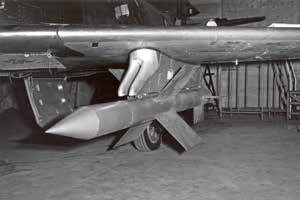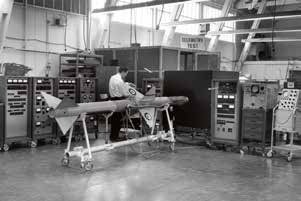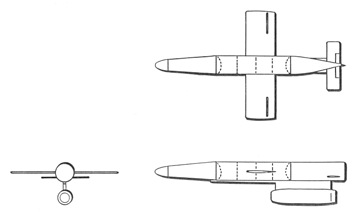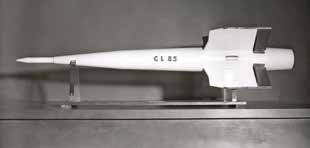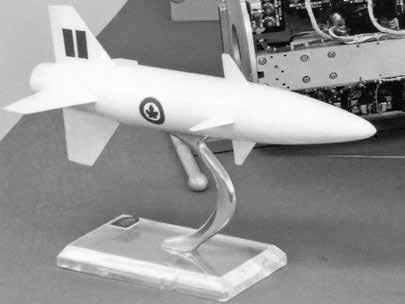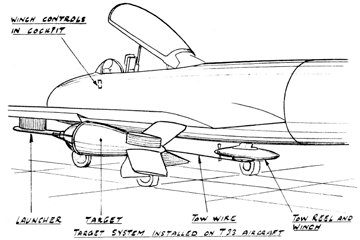- Joined
- 25 June 2009
- Messages
- 13,751
- Reaction score
- 2,943
From Bill Upton's CANADAIR CL-89 AND CL-289 AIRBORNE SURVEILLANCE DRONES (published by the Canada Aviation and Space Museum):
Captions:
1. CL-20 Velvet Glove missile mockup on its launch pylon.
2. CL-54 Sparrow II preliminary test missile in June 1957.
Following the highly publicized demise of the Avro Canada CF-105 Arrow programme and the subsequent related near cessation of missile engineering at Canadair Limited, new work was urgently needed in order to retain a worthwhile guided missile capability in Canadian industry. Also needed was the associated engineering expertise and personnel, foreign and domestic. The relative success of the Canadair produced CL-20 Velvet Glove and CL-54 Sparrow 2D missile projects, along with studies of Robot Dispatch Carriers (CL-85), and RCAF target vehicles (CL-36), certainly enriched the knowledge in unmanned systems.
Captions:
1. CL-20 Velvet Glove missile mockup on its launch pylon.
2. CL-54 Sparrow II preliminary test missile in June 1957.

